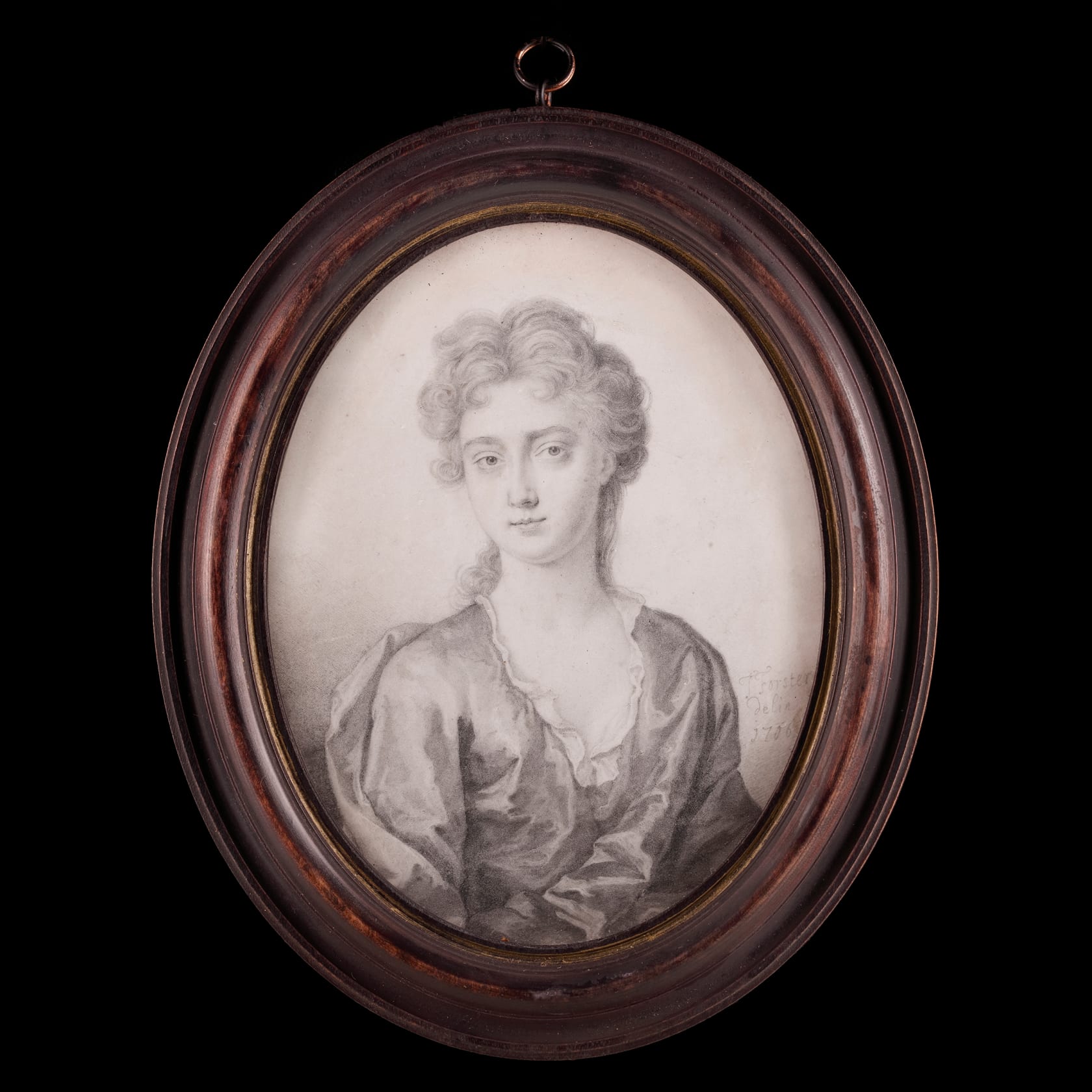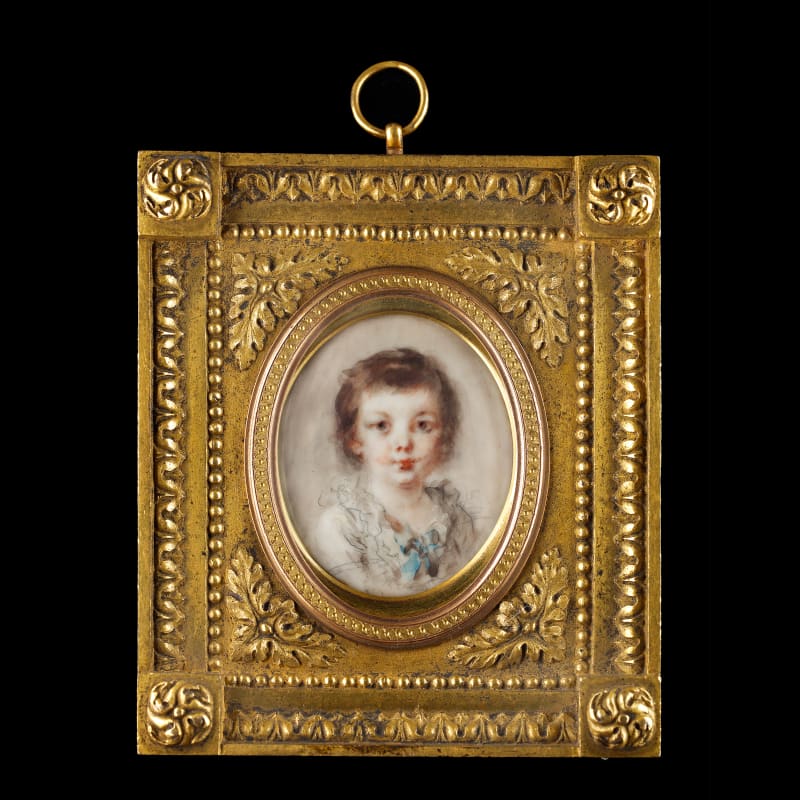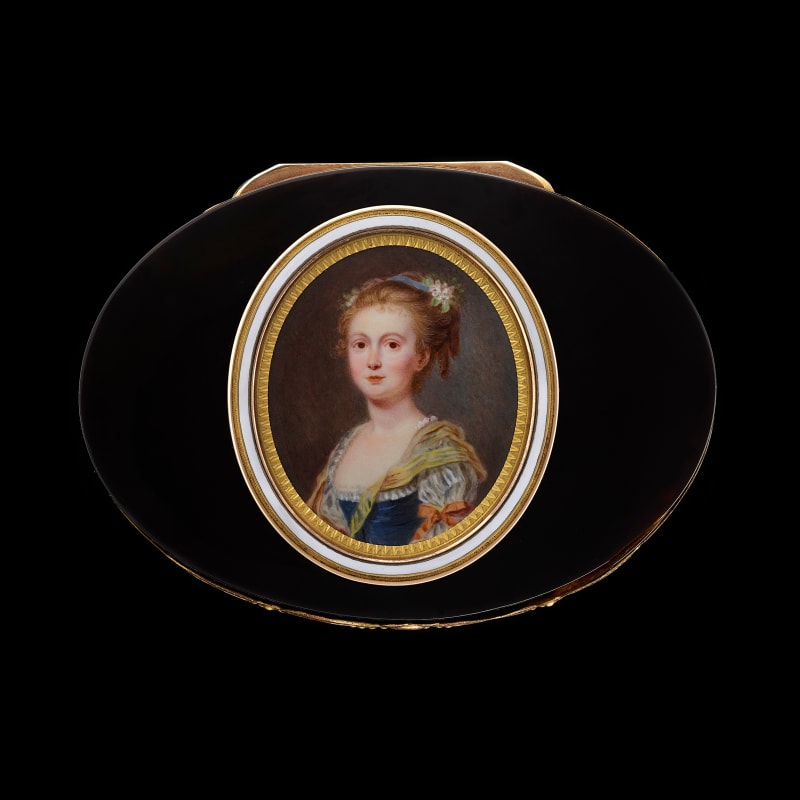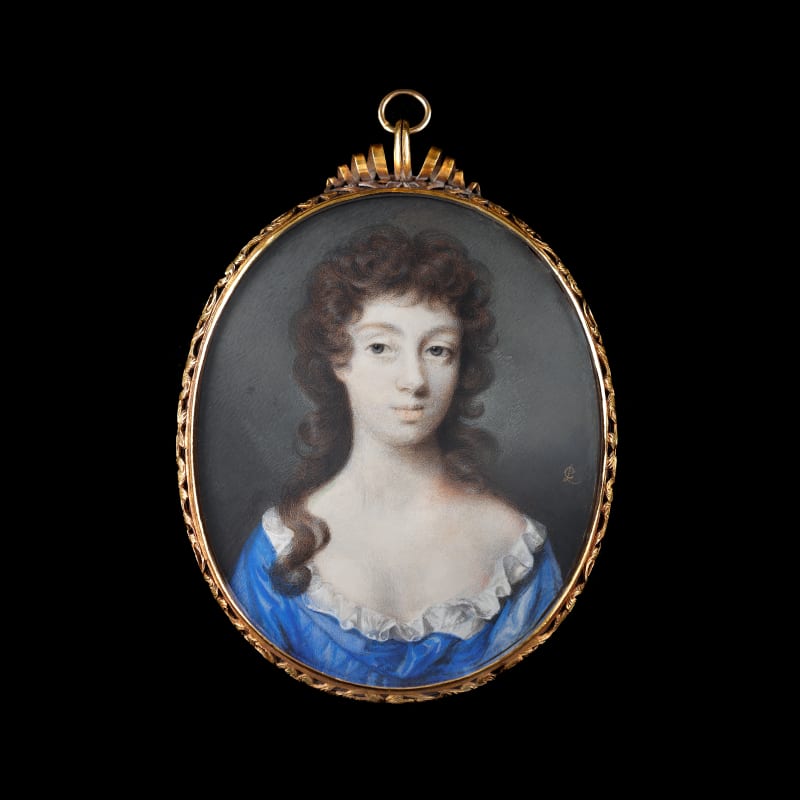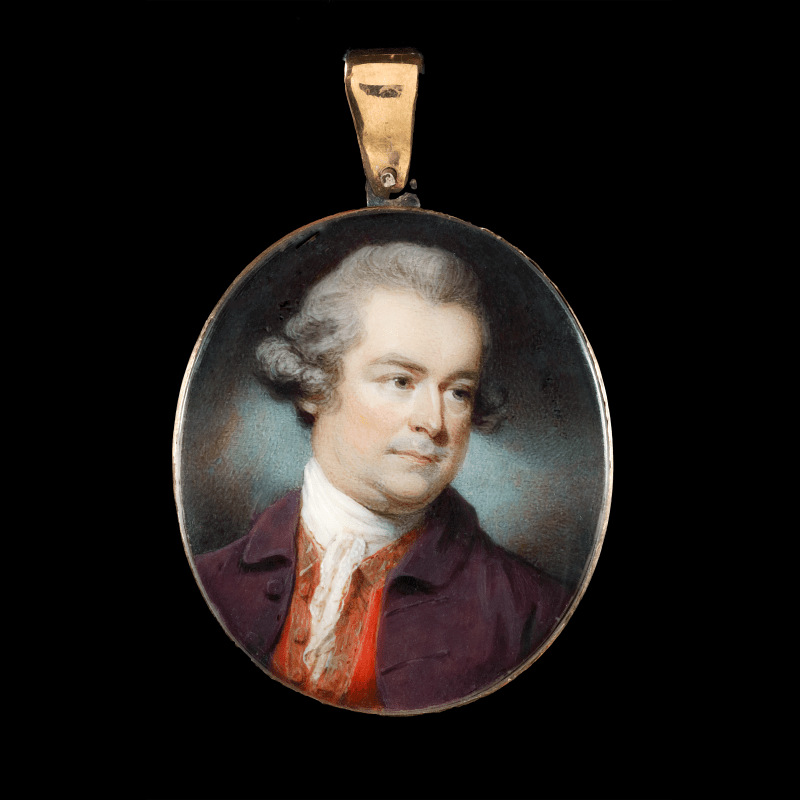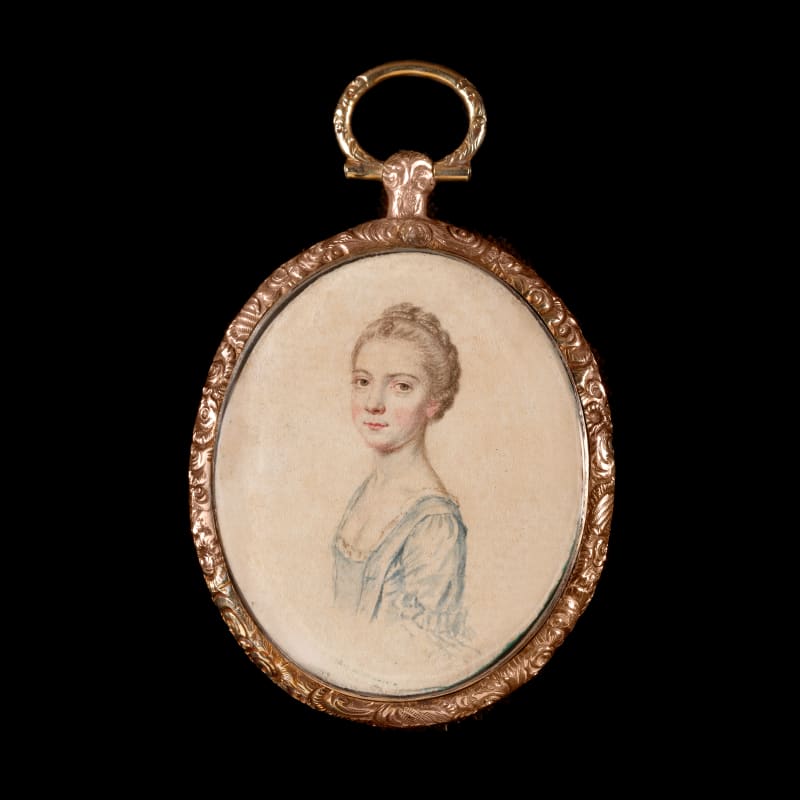This type of portrait, graphite on vellum, is known as a ‘plumbago’. These portraits, which evolved from the original drawings made on paper by printmakers, had a relatively short fashion in England from the late 17th century through to the early 18th century. Although Forster was not an engraver, he used his skill as an artist to show how texture could be brilliantly described using simple graphite. Although the term ‘plumbago’ clearly refers to lead (as in ‘plumbline’ or ‘plumber’) these small drawings were usually executed in soft graphite.
Thomas Forster can be defined as one of the greatest exponents of this fashionable portraiture – his skill in rendering silk gowns next to a cotton chemise can clearly be seen here. His patrons included many intellectuals and gentlemen connoisseurs but clearly also had appeal to fashionable women who did not mind sacrificing showing the bright colours of their gowns to Forster’s skilful pencil work.
Few details of Forster’s life...
This type of portrait, graphite on vellum, is known as a ‘plumbago’. These portraits, which evolved from the original drawings made on paper by printmakers, had a relatively short fashion in England from the late 17thcentury through to the early 18thcentury. Although Forster was not an engraver, he used his skill as an artist to show how texture could be brilliantly described using simple graphite. Although the term ‘plumbago’ clearly refers to lead (as in ‘plumbline’ or ‘plumber’) these small drawings were usually executed in soft graphite.
Thomas Forster can be defined as one of the greatest exponents of this fashionable portraiture – his skill in rendering silk gowns next to a cotton chemise can clearly be seen here. His patrons included many intellectuals and gentlemen connoisseurs but clearly also had appeal to fashionable women who did not mind sacrificing showing the bright colours of their gowns to Forster’s skilful pencil work.
Few details of Forster’s life are known but his work dates from circa 1690 and he may have been born around 1677 as suggested by Vertue. As with most plumbago artists, he seems to have worked ad vivumbut many of his portraits were later engraved (see, for example, his portraits of John Savage and John Newt engraved by Michael Vandergucht after Forster in the collection of the National Portrait Gallery, London).
